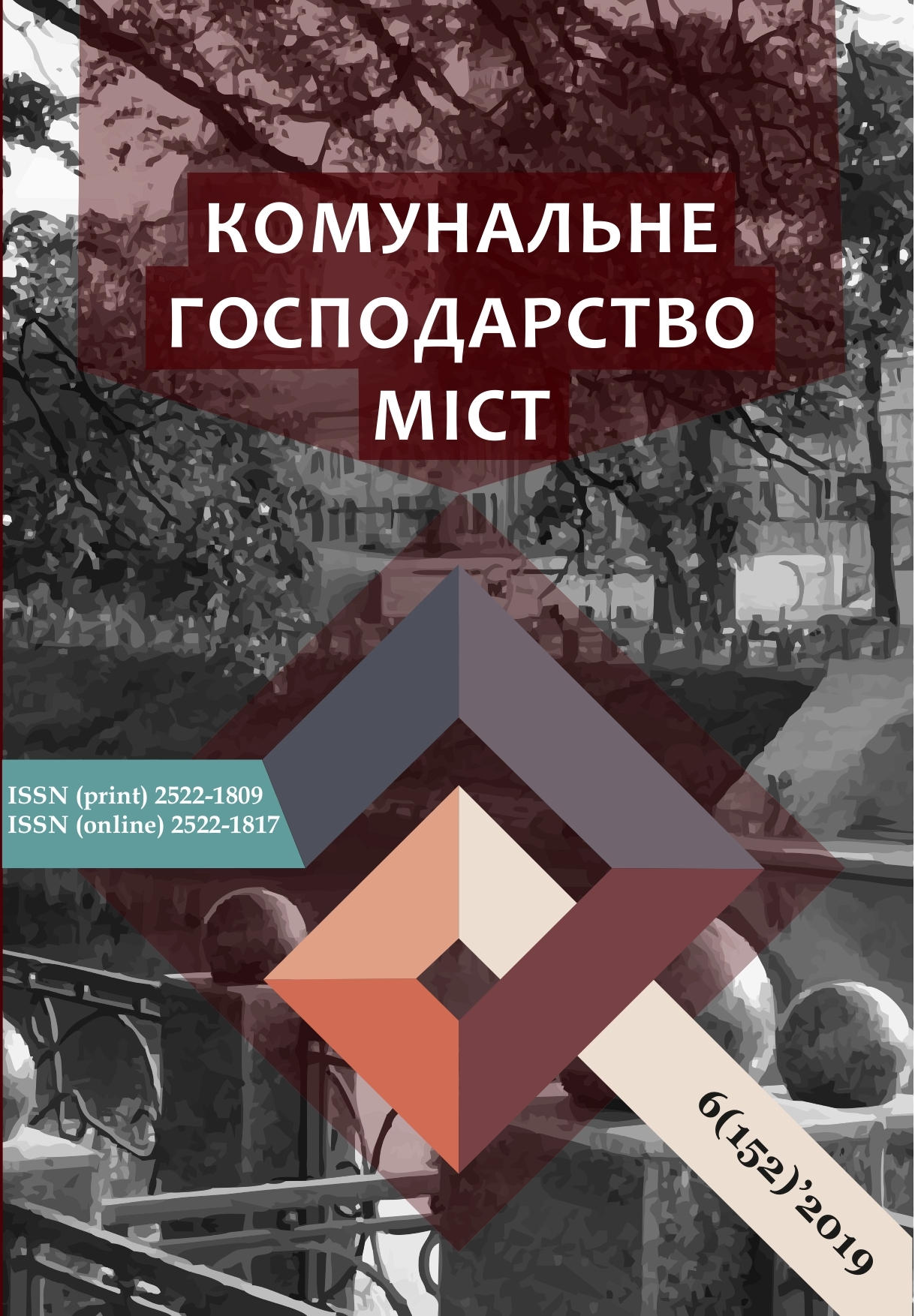DEVELOPMENT OF THE MATHEMATICAL MODEL EMERGENCY PREVENTION IN OF A FIRE WITH THE SEAT OF OCCURRENCE OUTSIDE A POTENTIALLY HAZARDOUS FACILITY
Array
Keywords:
acoustic method, mathematical model, emergency prevention, fractal analysis, spectral analysisAbstract
Modern methods and means of detecting fire at outside a potentially hazardous facility have been analyzed. The detection of an emergency situation as a result of the fire by the physical factors accompanying the combustion processes was considered. The main factors of the combustion process have been considered. Occurrence of initiating factors of hazard into two groups: internal, where factors of anthropogenic origin are dominant and external, where factors of natural origin are dominant is proposed to divide. A mathematical model for the prevention of emergencies resulting from a fire at potentially hazardous objects in order to prevent their spread and escalate to more significant levels of development, as well as to reduce false alarms of safety devices. Dominant external fire hazards have been identified. The mathematical model which consist system of the equations has been described. These determine the dependence of the acoustic spectrum emergency seat of fire outside a potentially hazardous facility and temporary phases of growth consequences. It is the task of placing the means of control and formation of acoustic images and fractional fractal dimension of hazard and comparing the latter with the acoustic loads of the technological process of functioning potentially hazardous facility. An effective emergency detection as a result of the fire based on its conditions of use has been determined. Further areas of research aimed at preventing emergencies from fire at potentially hazardous sites have been proposed. This is achieved through the development and application of new engineering techniques that build on the capabilities of current acoustic radiation control technologies of the hazard seat. A methodology for the formation of acoustic hazard images and comparing the latter with acoustic images of the technological process of the operation potentially dangerous object has been proposed.
References
Analitychnyi ohliad stanu tekhnohennoi ta pryrodnoi bezpeky v Ukraini za 2018 rik. (n.d.) Retrieved from http://www.dsns.gov.ua/ua/Analitichniy-oglyad-stanu-tehnogennoyi-ta-prirodnoyibezpeki-v--Ukrayini-za-2017-rik.html
Hietaniemi, Jukka & Mikkola, Esko. (n.d.) Minimising fire risks at chemical storage facilities. Basis for the guidelines for safety engineers. Espoo 1997, Technical Research Centre of Finland, VTT Tiedotteita – Meddelanden – Research Notes 1811. 32.
Guido Wehmeier, Konstantinos Mitropetros (2016) Fire Protection in the Chemical Industry. Chemical engineering transactions, 48, 259-264
Wehmeier, G. (2012) DECHEMA/ProcessNet Arbeitskreis, Brandschutz in der Chemischen Industrie, VDS Fachtagung Brandschutz in der Chemischen Industrie, Koln, VDS 3664
International Alert Saferworld University of Bradford SEESAC. (2005) Ammunition stocks: Promoting safe and secure storage and disposal. Briefing 18: Biting the Bullet ISBN:1-898702-63-2 February, 36
Michael J. Hosch and John Jarvis (2016) Special Focus Industry Support & Challenges Fire Protection in Army Aircraft Hangars: Is Yours Up to Date issue of ARMY AVIATION Magazine December, 38-41
Samuel Paunila, Andrew Hoole (n.d.) Ammunition safety management preventing loss of life and property, and diversion from stockpiles. Libya. Source Threat Resolution Ltd. COUNTER-IED Report, Winter 2015/16, 86-92
Joshua Dinaburg, D. T. G. (2012). Fire Detection in Warehouse Facilities: Fire Protection Research Foundation 2012
Leggett, D. J. Lab-HIRA: Hazard identification and risk analysis for the chemical research laboratory. Part 2. Risk analysis of laboratory operations. Journal of Chemical Health and Safety, 19(5), 25-36
Xie Zhenping, Wang Tao, Liu Yuan, (2011) “A new algorithm for fast detection of flutter analysis of video smoke”, microelectronics and computer, 28, 10, 209-214(in Chinese)
Hidenori Maruta,Akihiro Nakamura,Fujio Kurokawa, (2012) “Smokedetection in open areas with texture analysis and support vectormachines”, IEEJ Trans Electron Eng, 7, S1, 59–70
Zeng, W., Liu, T., Wang, Z., Tsukimoto, S., Saito, M., Ikuhara, Y. (2009) Selective detection of formaldehyde gas using a Cd-Doped TiO2-SnO2 sensor. Sensors, 9, 9029–9038
Lievtierov, O.A. (2019) Vyiavlennia nadzvychainoi sytuatsii tekhnohennoho kharakteru za akustychnym vyprominiuvanniam oseredku nebezpeky. Komunalne hospodarstvo mist, 5, 151, 100-106. DOI 10.33042/2522-1809-2019-5-151-100-106.
Downloads
Published
How to Cite
Issue
Section
License
The authors who publish in this collection agree with the following terms:
• The authors reserve the right to authorship of their work and give the magazine the right to first publish this work under the terms of license CC BY-NC-ND 4.0 (with the Designation of Authorship - Non-Commercial - Without Derivatives 4.0 International), which allows others to freely distribute the published work with a mandatory reference to the authors of the original work and the first publication of the work in this magazine.
• Authors have the right to make independent extra-exclusive work agreements in the form in which they were published by this magazine (for example, posting work in an electronic repository of an institution or publishing as part of a monograph), provided that the link to the first publication of the work in this journal is maintained. .
• Journal policy allows and encourages the publication of manuscripts on the Internet (for example, in institutions' repositories or on personal websites), both before the publication of this manuscript and during its editorial work, as it contributes to the emergence of productive scientific discussion and positively affects the efficiency and dynamics of the citation of the published work (see The Effect of Open Access).

